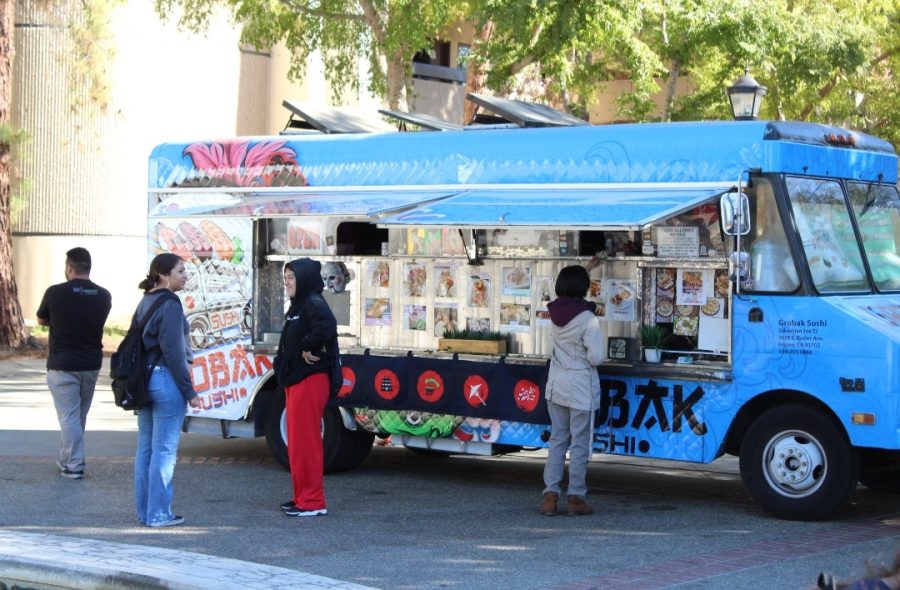Every generation has its underdog hero. For every decade, there is someone whose change is undermined by what’s going on in mainstream culture. For one particular decade, that hero may have been Harvey Milk. While not entirely overlooked, his works and impact are not seen as a transformation for the traditionally homosexual lifestyle. Writer Dustin Lance Black and director Gus Van Sant set out to tell the story of this gone (but not forgotten) hero.
The film stars Sean Penn as Harvey Milk along with James Franco and Josh Brolin, as politicians and activists. The film follows Harvey Milk as he becomes determined to become a voice for the homosexual community in San Francisco. As he became involved with politics, his drive sent him to bigger places. In 1978, Proposition 6 was on the ballot for Californians to vote for banning or keeping gay teachers from school districts.
Harvey Milk, a simple San Franciscan supervisor for the Castro District, acted as the unofficial spokesman for the “No on Prop 6” campaign. Once the votes are counted, many are surprised that the Proposition did not pass considering that similar bills passed in Kansas and Florida.
Milk became a local favorite because he solved problems that other supervisors weren’t able to solve. For example, many people in the city felt that dog waste was becoming a problem. Milk was able to pass measures solving this problem and invited the press to a local park to talk about his accomplishments. Before he arrived at the park, he had a friend leave waste on the ground. During the conference, he purposefully stepped on the waste, making a great photograph opportunity for the press.
The film also covers Milk’s interesting lifestyle as a homosexual and a politician. When he was elected into office, his whole district the Castro District attracted many citizens. The news coverage of the event made it look like a party. He even attracted attention for his campaign tactics, which were very untraditional. He received many death threats for speaking out about his sexuality, but he still showed up to numerous rallies and parades knowing the potential consequences.
The film also follows the events that lead up to his tragic death. Throughout the film, Harvey Milk clashes with supervisor Dan White (Josh Brolin), a representative of an Irish Catholic community. White eventually leaves his position, claiming that the pay was not enough to support his family. White eventually realizes that he has made a mistake, and pleas to the mayor to let him have his job back. He eventually heard speculation that someone else would be taking his job and on November 27, 1978, Dan White killed both Mayor Mascone and Harvey Milk inside the San Francisco city hall.
There is also quite a bit of buzz around Emile Hirsch’s role in the film. Hirsch gained notable success in his break out lead role in the film Into The Wild. This is Hirsch’s second time working with Sean Penn, who directed Into The Wild. Hirsch said that the experience was a bit odd at first. “It’s sorta like being asked to play a basketball game with your coach,” said Hirsch.
The crew of this film went to great lengths to make this interpretation as accurate as possible. They contacted some of the actual people involved in the events and, with the cooperation of the city, filmed the entire movie on location. The entire Castro District was set up in order to look as it did in the 1970’s. Even the Castro Camera Shop, which was owned by Milk and was his political headquarters during his campaign, was transformed with the help of its current shop owners.
Emile Hirsch, who portrays activist/campaign supporter Cleve Jones, said that befriending the real Jones gave him a whole new light on the subject. He claimed that one of the most emotional moments during filming was having the real Jones drive him around San Francisco. While driving, Jones told many stories that happened on the numerous city blocks and told about all the lives that were lost during the AIDS epidemic.
For many of the actors, age and education was a huge factor in finding their roles. Franco expressed how surprised he was when he discovered how little he knew about Harvey Milk, considering that he had grown up in the Bay area. Black, the writer of the film, was born a year after the assassination of Harvey Milk. He states that he learned about Milk from a director he was apprenticing under. He was very shocked to hear of a man who was so direct with his sexuality.
The actors showed courage and dedication to these roles, but Sean Penn gave the stand out performance of this movie. Penn displayed such an amazing amount of charisma and eccentricity that one would not doubt that he truly got into character. However, to the defense of other actors, it was a challenge to recreate roles for people that had already passed on. Franco claims that there is very little footage of his character, Harvey Milk’s lover Scott Smith. He had to rely on audio footage that was never put into a documentary based on Milk.
This movie plays a significant role today considering Proposition 8 just passed.
The cast described the scene they saw when they showed up to the world premiere of the film. In addition to the fans and supporters at the Castro Theatre, there were also crowds of Proposition 8 protestors expressing their discontent with the film. Suddenly, they realized the film was more than entertainment or a history lesson, but rather an example of how history can repeat itself. The film coincidentally is an example of the courage of the past and how there is still a struggle for human rights today.
There is no surprise ending or twist to this movie. This is a retelling of one of San Francisco’s most defining moments. The filmmakers chose to leave out the riots and the trials that followed the death of these two politicians.
The film instead ends with a vigil that attracted between 25,000 and 40,000 mourners. The sudden ending of the film embraces Milk’s impact rather than overshadow it with the just as newsworthy events that followed from White Night Riots and the infamous “Twinkie Defense.”
The heavy subject matter and closure of the film will not leave moviegoers disappointed. The special attention to accuracy helps create the feeling that one is watching the actual events rather than a retelling of Milk’s life. This is more than just the latest movie from your favorite actors/actresses. The film tells a story of faith, activism, death, and legacy.



